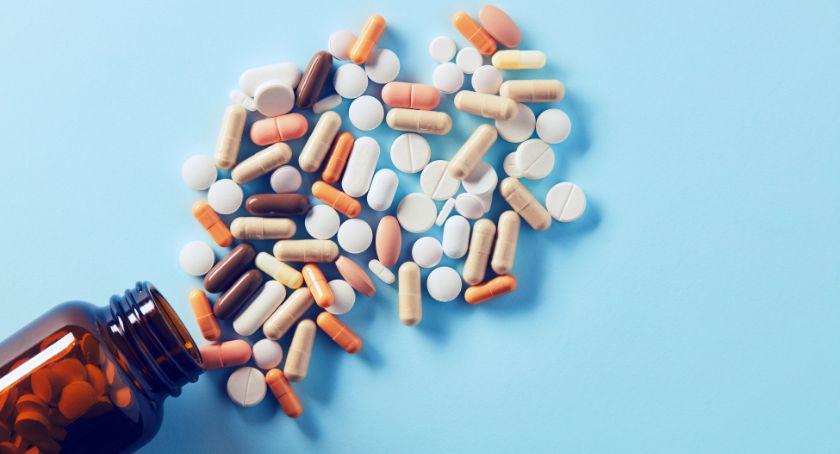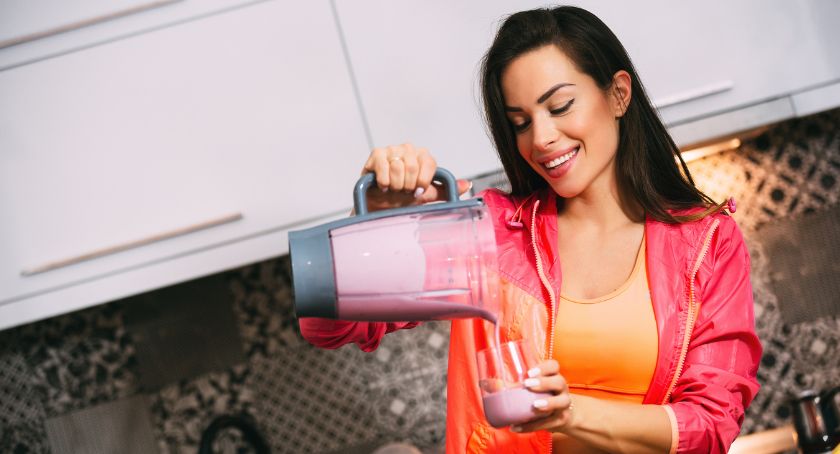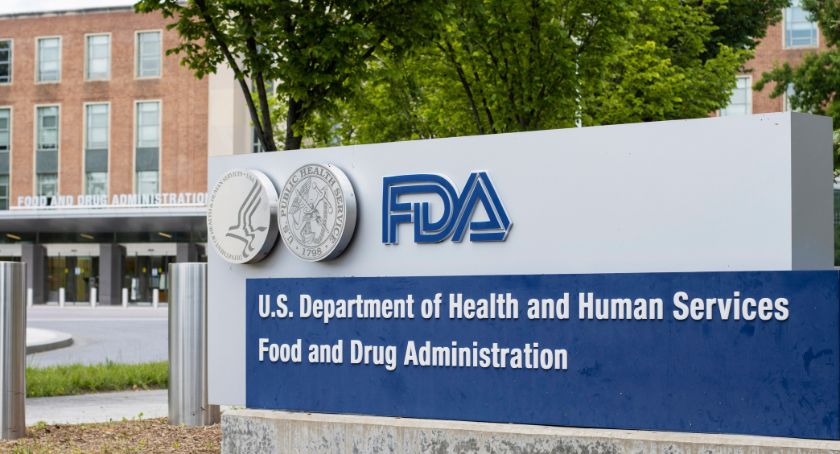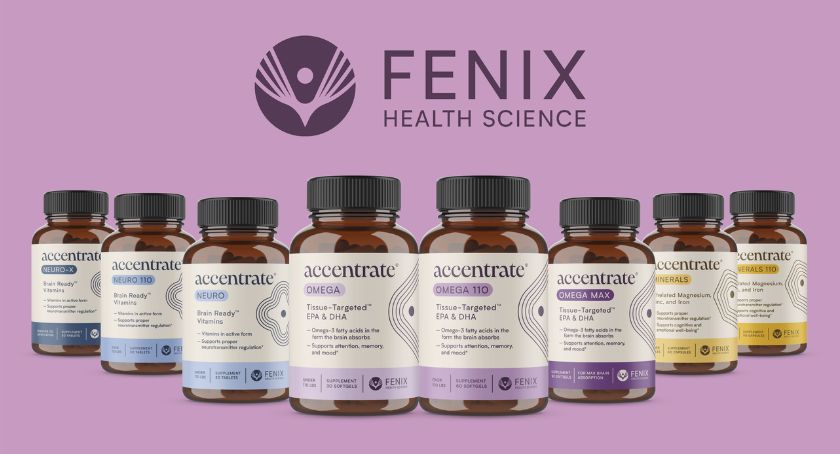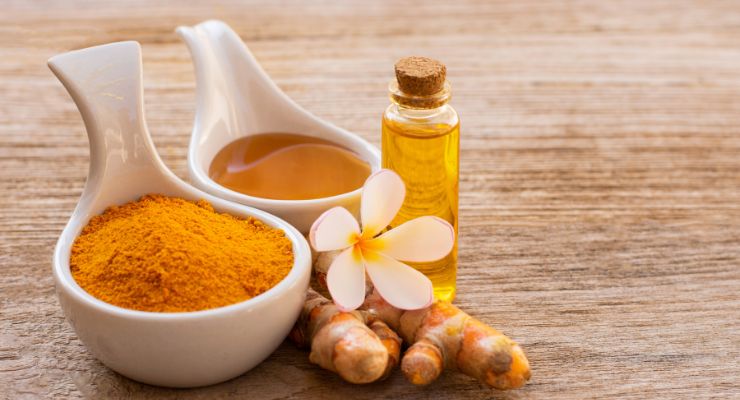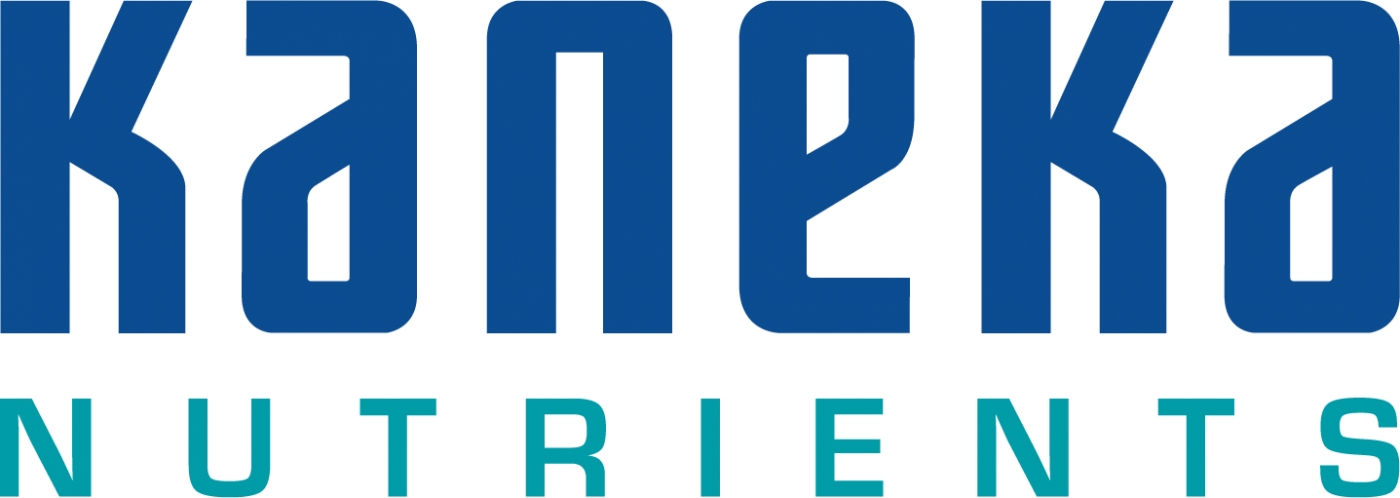Exclusives
The State of Supplements: U.S. Market Approaches $70 Billion
Consumers are prioritizing natural, nutrient-dense products that enhance physical performance and support active lifestyles.

By: Sean Moloughney
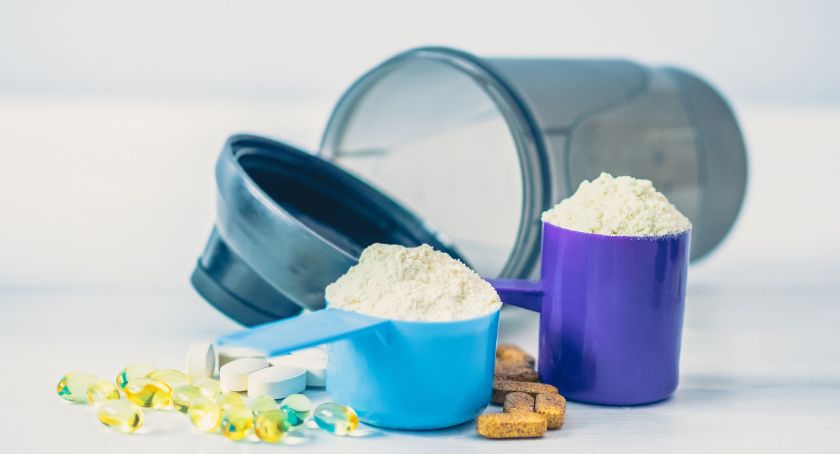
Photo: Ievgen Skrypko | AdobeStock
The U.S. dietary supplement market reached $69.3 billion in 2024 on 5.2% growth, according to estimates from Nutrition Business Journal (NBJ), as consumers continue to adopt preventive health measures and prioritize healthy aging.
Overall, 39% of surveyed consumers use a combination of both conventional/western medicine and natural/integrative/alternative healthcare solutions, NBJ reported at “The State of Supplements” presentation during Natural Products Expo West on March 6 in Anaheim, CA.
Top Markets
Vitamins represent the largest piece of the dietary supplement pie segmented by ingredient category (27.5%), followed by specialty ingredients (21.8%), herbs and botanicals (19.2%), sports nutrition (15.2%), meal replacements (10.3%), and minerals (5.9%).
The sports nutrition segment (including protein beverages/powders, pre-workouts, creatine, etc.) saw the largest growth in 2024 (+8.4%), according to NBJ data, and is expected to add $3.86 billion in value by 2028.
Specialty supplements grew an estimated 6.3% in 2024 thanks to ingredients like collagen, fiber, and pre/pro/synbiotics. NBJ predicted this segment will add approximately $4.71 billion in value between 2024 and 2028.
Meal replacements grew an estimated 5.7% in 2024 as consumers opt for nutrient-dense powder products, while herbs and botanicals (+5.4%), minerals (+4.1%), and vitamins (+2.7%) also experienced growth overall.
By sales channel, natural and specialty continues to lose share, but still represents 26% of the market. Mass market holds 27% share, e-commerce 23.2%, MLM/network marketing 12.0%, and practitioner 9.1%. E-commerce returned as the strongest-growing channel in 2024, up 10.7%, while mass market has settled to 5.2% growth.
Form and Function
Non-pill supplement forms now hold about 65% market share. Gummies (25.5%) lead the pack overall followed by powders (17.0%), softgels (13.1%), liquids (12.0%), capsules (10.9%), tablets (7.4%), and effervescents (4.3%).
While gummy consumption is consistent across age groups, 53% of Gen Z supplement users take products in powder format, the highest of any generation.
Top health conditions that supplement users are targeting include fitness and energy (18.2%), general health (17.7%), weight management (10.6%), cold/flu/immunity (7.4%), gastrointestinal health (5.7%), heart health (5.3%), women’s general health (3.9%), blood sugar management (3.6%), bone health (3.4%), joint health (3.3%), men’s health (2.8%), and hair/skin/nails (2.8%).
The highest-growing conditions for 2024 include mood and mental health (8.8%), menopause (8.6%), brain health (8.3%), healthy aging (7.9%), fitness and energy (7.2%), and sexual health (7.0%).
With increased attention to healthy aging and health span, consumers reported the top age-related concerns they are using supplements to address include: immunity (35%), gut/digestive health (28%), sleep (23%), hair/skin/nails (22%), muscle health (21%), joint health (21%), heart health (19%), mental/emotional health (19%), weight management (18%), brain health (14%), and eye health (13%).
Top Performers
Supplements are growing in every channel, and prices are stabilizing after some volatility over the last few years, according to Scott Dicker, senior director of market insights at SPINS. However, the impact of tariffs and trade disputes remains uncertain.
Overall, consumers are prioritizing holistic and fitness-oriented supplements that enhance physical performance, provide natural and nutrient-dense options, and support muscle development.
“Performance nutrition continues to be the key driver,” Dicker said. Active nutrition was the fastest-growing supplement category for the fourth year in a row, largely driven by hydration and creatine.
Protein supplements and meal replacement products have seen healthy growth over the last year (+9.1% in dollar sales; 8% in units). Hydration and electrolyte supplements have grown 28.9% to about $1.7 billion in sales over the last year.
With new product formats like drops and gummies, the hydration market continues to evolve. “Hydration has such a health halo it’s now the hero health focus,” said Dicker, noting opportunities for hydration plus other health indications like immunity and energy and even hydration + protein.
Dicker also noted growth opportunities in sports nutrition for natural, clean-label products, compared to supplements and RTD options that rely on artificial sweeteners, flavors, or colors.
Beauty supplements are performing well (+28.5%), alongside calmative/mood support products (+24.3%) and minerals (+22.7%).
“People are cutting back on alcohol but also looking for a replacement,” Dicker said. Ashwagandha, THC, and L-theanine are performing well in the mood support market.
“On the flip side, the same people who are going to pull back on alcohol are likely to start to pull back on caffeine next,” said Dicker, noting paraxanthine as an interesting ingredient to watch on that front.
Energy supplements (-7.6%) and weight management formulas (-11.9%) have been declining.
“Interest in weight management as a whole is there,” said Dicker, but dynamics have shifted with GLP-1 medications.
Immune health supplements are up about 15.4%, according to SPINS data.
Top Ingredients
Top functional ingredients for the supplement market by total dollar sales include magnesium (+33.5%), creatine (+17.2%), ashwagandha (+26.5%), beetroot (+18.2%), and mushrooms (+19.1%).
Dicker said people often expect novel ingredients to be top-sellers, but established ingredients that find a new demographic or a new health focus typically lead the market.
“Creatine’s been an exciting ingredient,” he noted. “There’s never been an ingredient that was more niche and hyper-focused on young men — particularly young men in the gym. And it’s really expanded into all these different growth runways. You see format changes. Creatine gummies are performing well. Creatine RTDs are entering the market.”
Meanwhile, beetroot — established in the active nutrition space as a vasodilator — has benefited from repositioning as a cardiovascular and blood pressure support ingredient.
Other ingredients to watch, Dicker said, include Lion’s mane, nootropics, and colostrum. “One of the things to look at is what’s doing well in the natural channel that has not crossed over to conventional yet.”
He noted colostrum, algae, glutathione, and oregano as ingredients with at least 70% of sales in the natural channel, indicating potential for explosive growth if they can cross over to the mass market.
Delivery to the Right Place
Dicker noted the importance of tailoring the delivery format of a product with a sales channel. “What does well in one channel will not necessarily do well in another.”
For example, RTD products and RTM powders are the top forms sold in brick-and-mortar outlets, but capsules, liquids, and softgels do better on Amazon.
Dicker also noted a continued blurring between supplements and food/beverage products. “If there is a line anymore, it’s very, very gray.”
GLP-1: Companions vs Competitors
The impact of GLP-1 medications on the supplement market can’t be underestimated, according to Dicker, particularly with the likely approval of oral versions on the horizon.
With weight loss supplements declining, there are opportunities for GLP-1 companion products, as well as competitors.
On the companion side, Dicker said, “I predict we’ll see the best year for multivitamins in a long time as people look to fill nutrient gaps.” He also noted green supplements and gut health products to mitigate some of the reported side effects of GLP-1 drugs.
Meanwhile, on the GLP-1 competitor end, berberine keeps hitting new peaks, said Dicker. “There is still demand for products reported to mimic GLP-1s,” though he cautioned against claiming anything as “nature’s Ozempic.”
Wearables
More than half (52%) of consumers surveyed by NBJ reported using wearable devices like smart watches or Oura rings to monitor fitness or health and wellness goals (38% regularly and 14% occasionally). The top metrics consumers reported monitoring with wearable devices included walking steps (58%), sleep quality (52%), heart health (51%), and workout/fitness performance (46%).
In terms of purchases influenced by the data collected from wearables, 54% said nutrition (e.g., food and beverages) and 50% said dietary supplements.
Wearables represent an opportunity for personalization in the supplement market, Dicker said. “You’re getting personal data and you’re able to make real-time changes. The number one thing people change is the supplements they buy, and the number two thing is diet modification,” Dicker said.
People are also “gamifying” the data, for example, with biological age testing. “Now there’s a feedback loop with recommendations for what products to take,” Dicker added.
“As you’re thinking about your marketing, you need to start thinking about how to optimize getting your product recommended,” in an evolving search technology landscape fueled by artificial intelligence.


